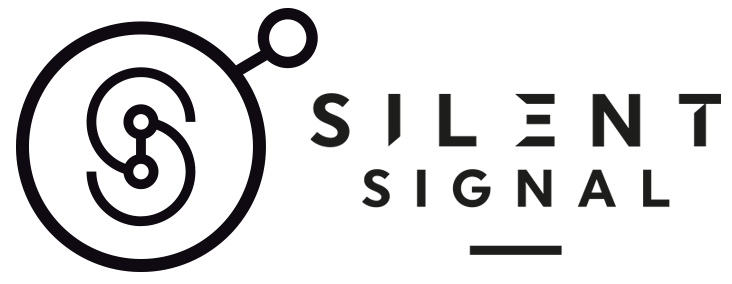Dr Paddy Brock tells us about modelling disease transmission with artists boredomresearch.
What inspired you to respond to the call out for this project? Have you had experience of working with artists on art & science projects previously?
As a secondary school biology teacher I enjoyed examining scientific ideas from as many angles as possible, and the experience taught me how important it is to be creative if we are to engage young people with science. As a researcher there is less scope for certain types of creative exploration, yet many beautiful and obliquely interesting things are passed by, pragmatically left unexamined due to time constraints and the drive for results. I have often thought that such exploration would have its own value and enrich the scientific process with perspective.
I don’t have previous experience of working with artists on art & science projects. The closest I have come was to organise a team-teaching collaboration between school religious education and biology departments, which involved working to harmonise what are often perceived to be irreconcilable approaches. We covered the fossil record, which comes up in both GCSE syllabuses, by visiting one another’s lessons and discussing it from alternative viewpoints. This was challenging but great fun, and ultimately rewarding, as the pupils enjoyed the juxtaposition and took away more than a straight lesson in either subject would have offered.
Has working with an artist and explaining your research to them affected your approach to or perceptions of your practice in any way?
Absolutely, it has been instructive in several ways, and the further we develop the project, the more I learn. It’s refreshing to acknowledge and re-examine fundamental and implicit assumptions made not only by individuals (me in this case) but also by whole scientific approaches. Our discussions have led me to reflect on the conventional ways in which scientists report on their work; artistic (and artful) interpretations of science don’t often tell stories about data that was previously organized in a wholly utilitarian and objective way, they first have to unravel the story that data has been used to tell – whether consciously or unconsciously – by scientists. The relationship between science and story telling is fascinating, and this project has filled me with enthusiasm to discover more about it, and to pay more attention to its role in mainstream scientific practice.
How are you deciding as part of the collaborative process which area of research to focus on?
To begin with, I planned to focus on a particular bit of my research. However, our initial discussions very quickly widened the field of potentially relevant material and ideas. Once I relaxed and allowed our interaction rather than my preconceptions to guide our discussion, this was great. So far we have settled not on a specific piece of research but are borrowing and combining concepts from different areas of infectious disease epidemiology – for example, processes analogous to juvenile Galapagos sea lion dispersal between breeding colonies with patterns of variation in malaria parasite infection intensity between mosquitoes.
Could you tell us more about the specific elements of the science that will be covered in the project?
Our central scientific theme is the complexity of infectious disease transmission dynamics and the properties of the mathematical models built to simulate them. The non-linear dynamics of these mathematical models can give rise to counter-intuitive results, which could, for example, prevent the deployment of an epidemiological intervention that could have a net negative effect on public health, or revise assumptions about where an epidemic may break out next. We are exploring variations produced by the stochastic simulation processes central to many of these models, with a particular focus on unusual results, results of the kind that might normally be classified as anomalies and eliminated through bug fixes.
An example of the sort of turn our discussions have taken is what mathematical modellers poetically refer to as ‘dust’. These are tiny additions (e.g. 0.0000000001) to numbers being crunched by simulation models, the function of which is to prevent a failure of certain calculations around sensitive thresholds. Modellers regard dust as a necessary fudge (another great word that scientists use frequently without a nod to its literal meaning), i.e. a way of squeezing past a constraint in a way that is justifiable but not ideal. However, the behaviour and fate of dust inside models is rarely thought about or looked at, and could perhaps provide insight from the underside of the scientific process.
What were your expectations when you first starting discussing your work with the artist? Have your expectations changed at all during the development process?
It’s now hard to remember the specifics of my original expectations… as they’ve changed so much! Naïvely, I suspect that I unconsciously equated animation with the mechanistic process of visualisation, rather than the expression of ideas through a particular medium. I don’t think I was prepared for how deep the artistic process would take us into the science conceptually, and this has been a happy revelation, as it has given me a renewed and richer appreciation for the parallels between the processes of art and science.
December 2013

